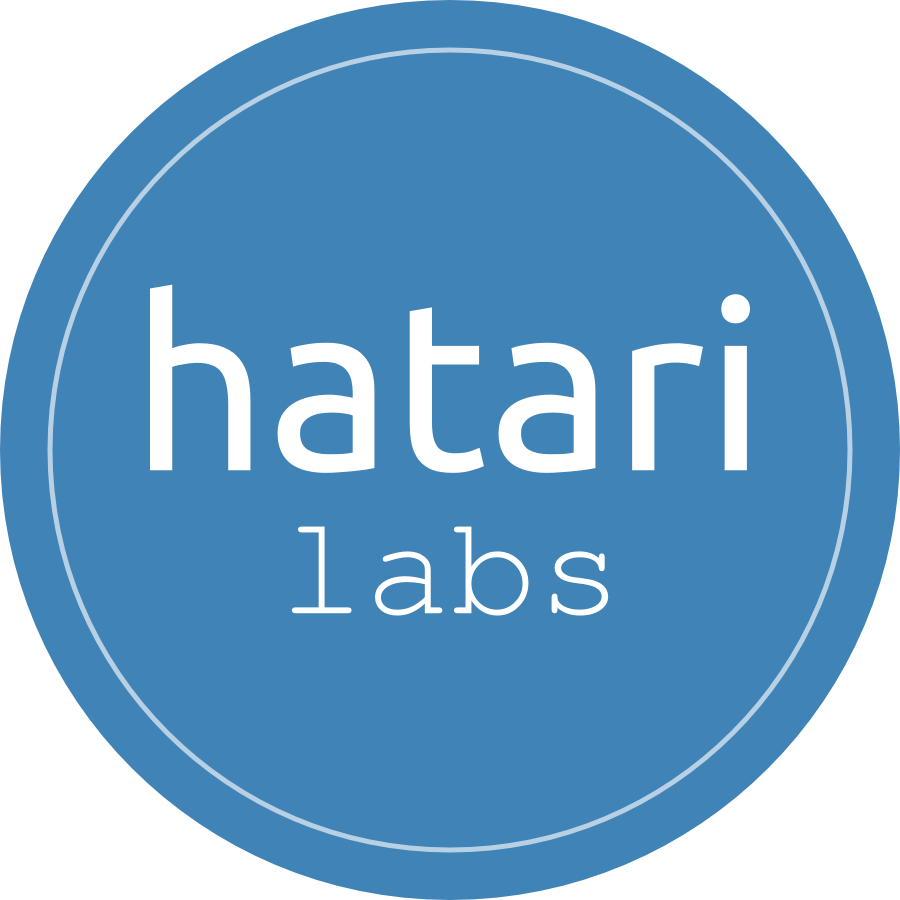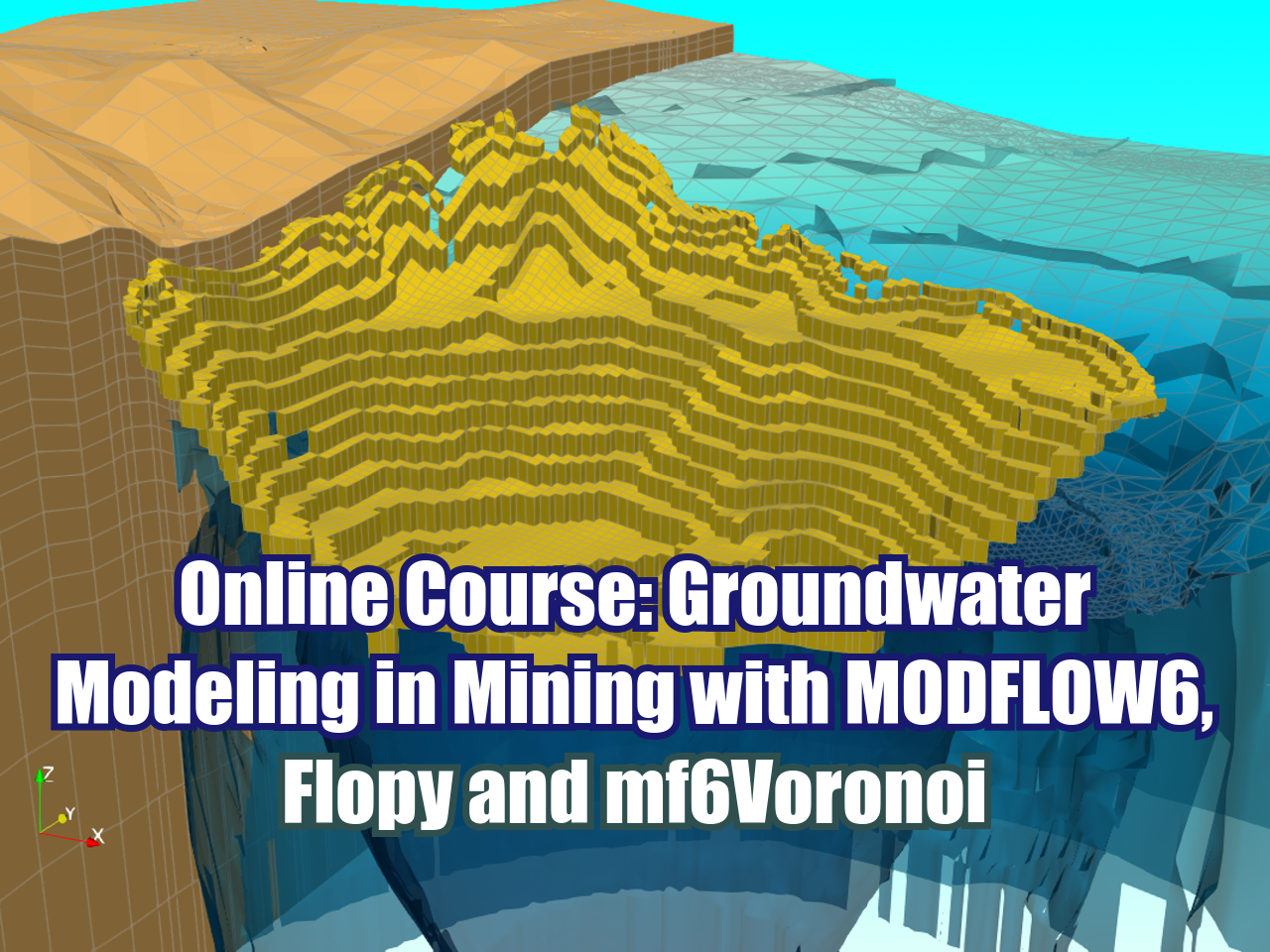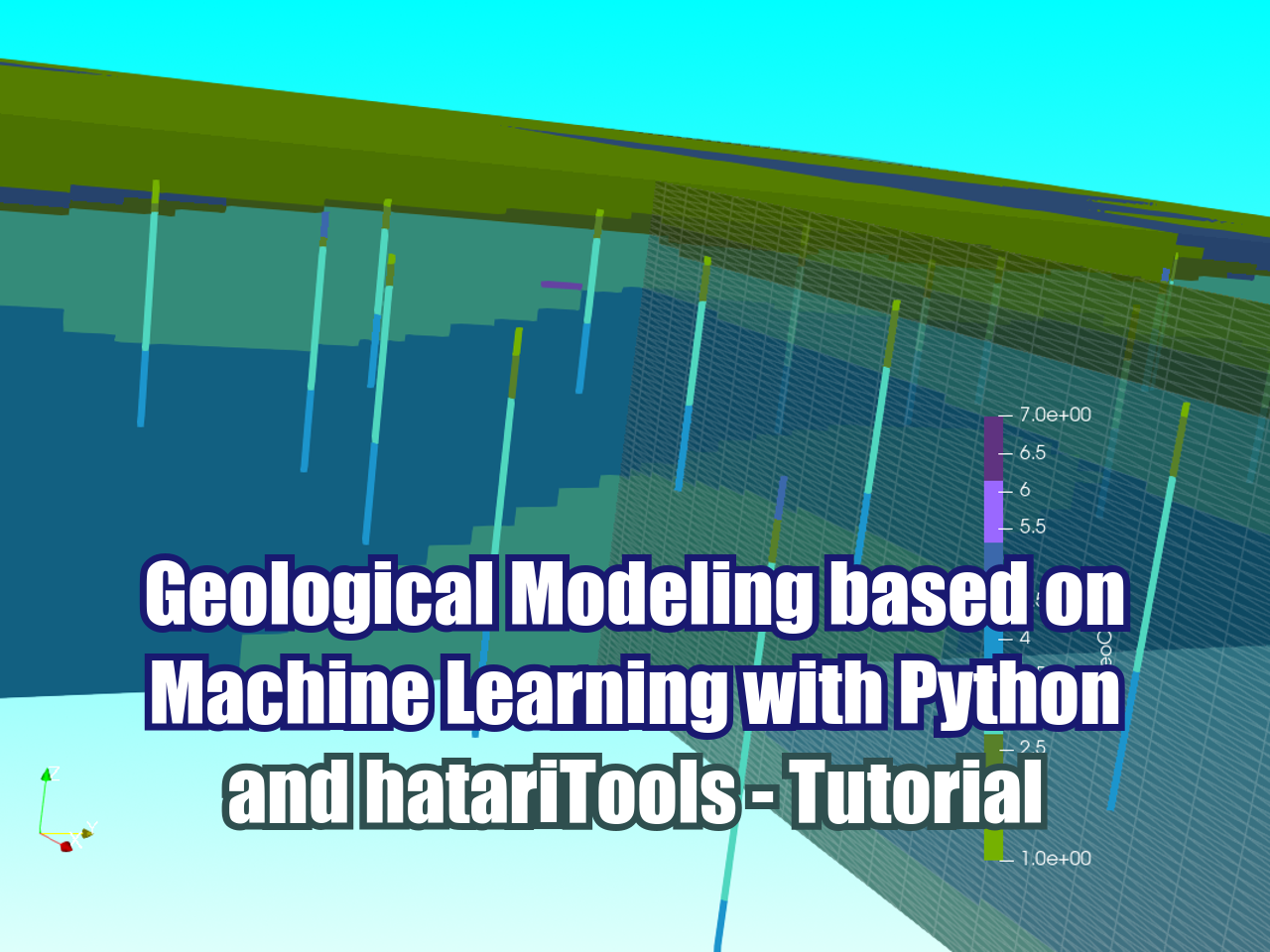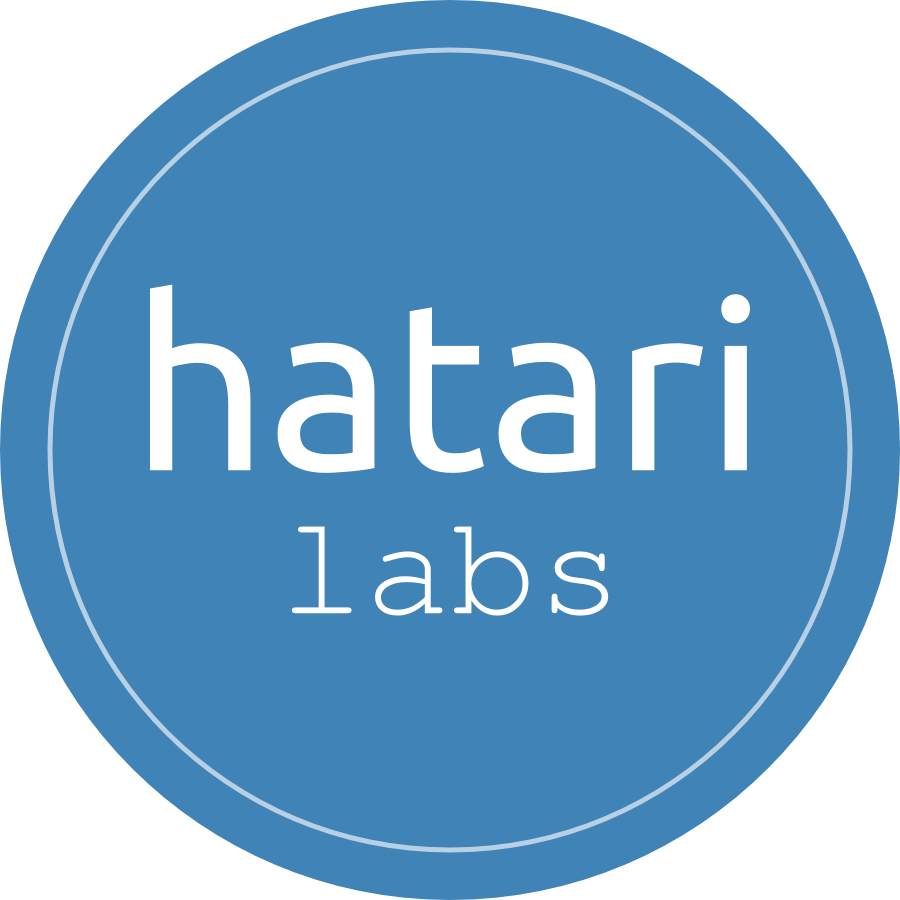Online Mapping Urban Temperature with Istsos and Python - Tutorial
/Geospatial mapping of environmental variables is key to understand habitats and in this case urban habitats. We have done research in temperature mapping stored in the cloud with Raspberrys and a Istsos server, this time we have coupled a gps sensor to make urban temperature map from the data retrieved from the server. This tutorial shows the procedure to retrieve the data, convert it to a geopandas datagrame, export as ESRI shapefile and undertand the temperature distribution relation with the land cover.
Read More























